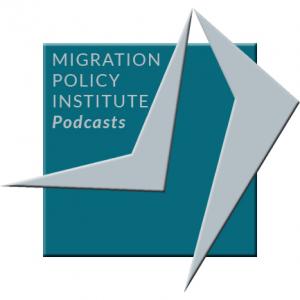
Migration Policy Institute Podcasts
Education

More than two years into the COVID-19 pandemic, governments are seeking to safely restart cross-border mobility of all types. But the complex patchwork of travel restrictions and health measures is preventing a swift return to pre-pandemic levels of movement, even in the face of major changes in the epidemiological situation, rising vaccination rates, and new therapeutics. And the global picture is uneven, with some regions, such as parts of Asia, still largely closed, and others, such as the European Union, keeping borders shut to unvaccinated travelers, leaving many out.
Since the onset of the public-health crisis, the International Organization for Migration (IOM) has tracked the more than 100,000 travel restrictions, border closures, and health-related travel requirements imposed by governments globally at the peak in 2021. How has the situation evolved in the second year of the pandemic? What steps have governments been taking to restart international travel and migration in safe and efficient ways? How do they adapt as new variants emerge in different places around the world? And as countries create exceptions to mobility restrictions for certain groups of travellers, what does this increasingly complex picture reveal about the inequalities between who can move and who cannot?
This discussion features experts from international organizations, government, civil society, and the private sector to examine the state of mobility during the second and now third years of the pandemic. The conversation accompanies the launch of an IOM-MPI report that draws from the IOM database to sketch the state of mobility across world regions.
More Episodes
Create your
podcast in
minutes
- Full-featured podcast site
- Unlimited storage and bandwidth
- Comprehensive podcast stats
- Distribute to Apple Podcasts, Spotify, and more
- Make money with your podcast
It is Free
- Privacy Policy
- Cookie Policy
- Terms of Use
- Consent Preferences
- Copyright © 2015-2024 Podbean.com






